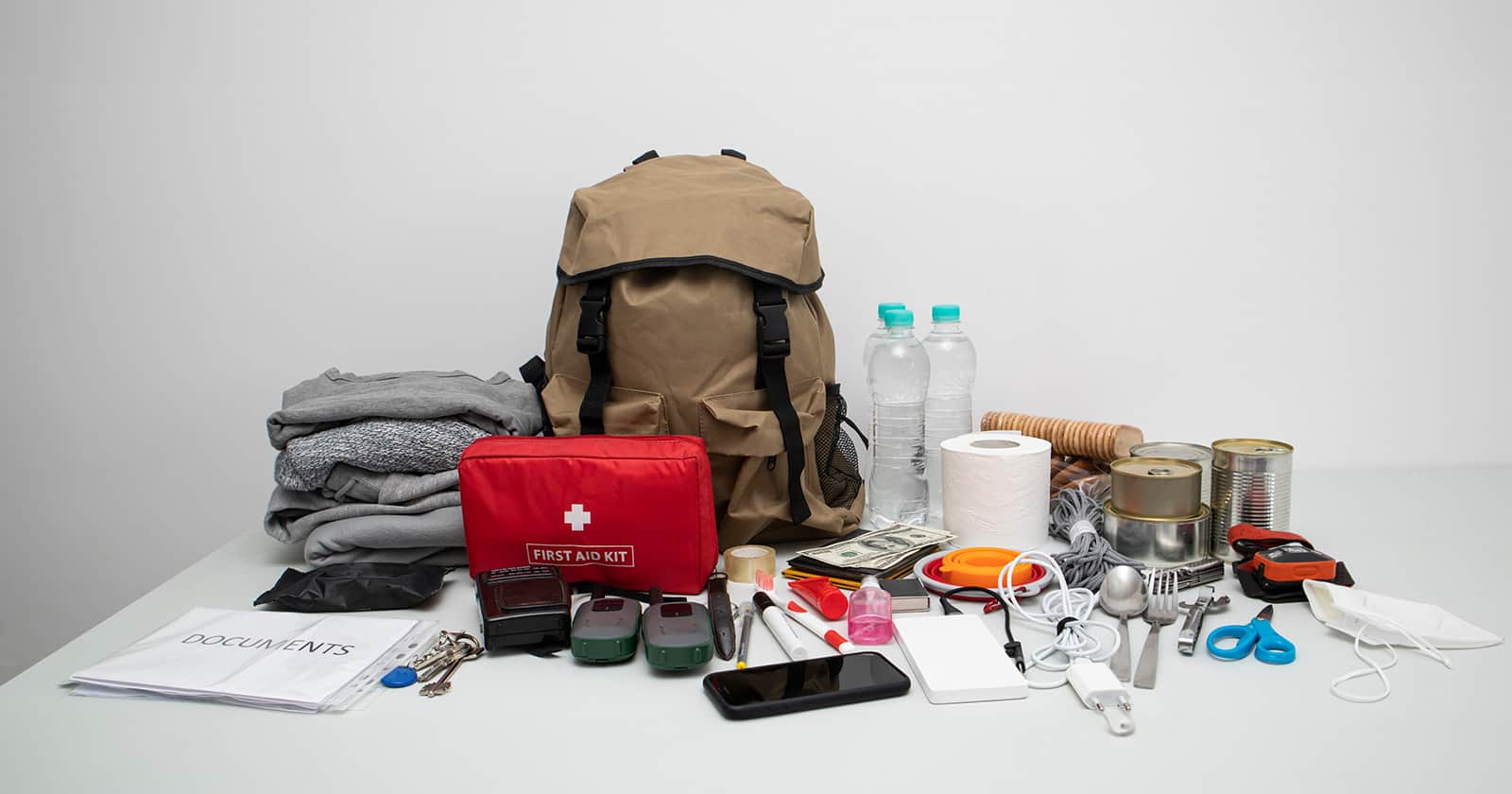Lithium batteries for a van conversion are the pinnacle of readily available energy storage technology today. While there are many ways to snatch energy from the sun, wind, water, and movement, the battery is the nucleus—the central node from which everything else functions.
The battery has been with us a long time, perhaps since the Baghdad Battery of 250 BC fame. Today, there are many chemical options for batteries available, lithium being one of them. Given its expense, is a lithium battery worth the investment? Is it the dependable, end-all-be-all of campervan energy storage and consumption needs?
Pros Of Lithium Batteries For A Van Conversion
The pros will make you want to run out and get a truckload of lithium batteries right now. But, hold your horses, we still have to do the cons as well. There’s a lot to love about lithium batteries, though, especially for a van conversion, and the pros are quite extensive.
Weight and Space
Saving space and weight are two of the most important factors in a camper van conversion. GVWR and the amount of comfortable living space are both matters of safety and convenience. You want to enjoy your RV life, not snuggle with a battery bank when you go to sleep at night.
Fortunately, lithium batteries are more lightweight than their AGM, lead-acid, and gel counterparts. They are roughly the same size, so you won’t have to worry about getting creative with space constraints inside your rig.
Longer Lifespan
Lithium iron phosphate (LiFePO4) batteries are at the forefront of energy storage technology, boasting lifespans of up to 3,000+ cycles before their capacity diminishes to 80% of the original, showcasing their durability and reliability for van conversions. This contrasts significantly with other battery types; Group 24 to 31 AGM batteries, a form of lead-acid battery, typically offer around 400 cycles under optimal use conditions.
Meanwhile, standard lead-acid batteries can vary widely, with a general range between 500 and 1,000 cycles, depending on their maintenance and usage. Gel batteries, another variant in the lead-acid family, provide a more consistent performance, usually up to 1,000 cycles, benefiting from their unique design that mitigates degradation.
That’s a massive difference. In fact, the difference is so extensive that you more than earn the upfront cost back when you purchase a lithium battery. Now, to be fair, the average number of cycles in lithium batteries is between 2,000 and 5,000. Partial cycles (not reducing the battery to 0% before recharging) are more numerous.
Faster Recharging
Lithium leads the way in battery recharging speed as well. Not very surprising, considering the performance and efficiency they offer. They recharge faster, even when they are depleted to near 0%.
- Group 24 AGM Batteries: 4 to 5 hours
- Group 27 AGM Batteries: 10 to 12 hours
- Group 31 AGM Batteries: 25 to 30 hours
- Gel Batteries: 6 to 12 hours
- Lead Acid Batteries: 8 hours (on average)
- Lithium Batteries: 1 to 3 hours
Of course, these are all of the 12v variety, and many of the charge times vary or are listed as an average. However, there’s little doubt that a 12v lithium battery outpaces all of them. They also don’t require any cooldown time after recharging.
Improved Efficiency
Besides space and weight, the efficiency of lithium batteries for van conversion makes them a top choice. Nothing else comes close. Lithium batteries are capable of nearly 100% discharge, and they only take an hour or three to recharge. A lead-acid battery, in comparison, only features a manufacturer-recommended 50% usability before it requires a charge.
That means four 100Ah lead acid batteries will only provide 200Ah before needing a charge, even though the total rating is 400Ah. AGM batteries and gel are between 75% and 80%, still a 20% to 25% loss of usefulness compared to lithium batteries.
The voltage sag of a lithium battery is almost non-existent. To better explain this, let’s use an AGM battery as a comparison. At 100%, you get nearly 100% output voltage. However, the output voltage drops below the current capacity percentage as the capacity decreases.
An AGM at 50% capacity is not putting out maximum output voltage. A lithium battery at 50% still provides 100% output voltage. That’s the sort of thing that makes a huge difference when you’re boondocking or completely off the grid. Even as your solar panels feed the battery, it continues to output at max capacity.
Cost Per Cycle
Though lithium batteries are often more expensive, the number of cycles you get will ultimately save you money.
The average lithium battery will provide optimal output for up to, and possibly exceeding, 6x longer than an AGM battery. That’s 6 AGM batteries you will have to purchase for every one lithium, saving you a ton of money per cycle.
Keep in mind the above is a simplistic generality, and actually, the lifetime of any battery depends on a lot of different factors such as environment, use frequency, and maintenance.
Cons Of Lithium Batteries For A Van Conversion
As with everything in life, including camper van conversions, there are drawbacks. Even the vaunted lithium battery has its cons. If you’re looking for maximum energy efficiency in van life, you may have to overlook some of the weaknesses in lithium batteries.
Higher Initial Cost
This is more problematic when putting together your camper van conversion or paying a professional to do it. Mostly because a camper van conversion is costly, and throwing lithium batteries into the mix is a heavy contributor to the overall cost. Fortunately, the cost per cycle more than makes up for it, but that price tag may not look so hot initially.
Lithium batteries tend to cost anywhere from $600 to $1,300 per battery, which is quite a big step up from the $200 for a really good lead acid battery.
Temperature Sensitivity
There are ways around this, but it generally means coughing up some more cash. Thermal protection measures are becoming more common for lithium, but the distribution of lithium batteries is far more truncated than other comparable applications. Fewer lithium batteries means fewer thermal protection measures.
The problem is that lithium batteries don’t like to cooperate when temperatures drop below freezing. In fact, they aren’t likely to do anything other than take up space unless you have a way to keep their internal temperatures nominal.
One key advantage of lithium is they don’t vent gas at any point. It is possible, therefore, to mount them inside the building where the temperature can be controlled.
Complex Charging Requirements
Lithium batteries have to include a battery management system, whether it’s built-in, comes with the battery, or has to be purchased separately. The cells in lithium batteries have to have charging consistency, across the board.
If you don’t have a battery management system, odds are good you will destroy the battery, wasting a costly and valuable resource for your camper van conversion. Some of the extra cost of purchasing a lithium battery is due to the battery management system, even if you have to buy one separately.
Replacement and Recycling Challenges
Recycling tech is not keeping up with the advancements in battery technology. The question is: What’s more harmful to the environment, a discarded lithium battery or the recycling process? All three lithium extraction methods (salt brines, mining through hard rock deposits, and separating it from clay) cause environmental issues as well.
Lithium batteries contain a number of elements: Lithium, cobalt, and nickel are primary. All three are harmful to the environment if they escape the various containment methods we have in use. Also, 70% of the world’s cobalt comes from the Democratic Republic of Congo, a country rife with child labor and human rights abuses.
It’s not something most expect to see in a van conversion article. But the reality is how we treat each other is every bit as important as how we treat the planet. The second most prolific producer and exporter of cobalt is Indonesia, followed by Russia, Australia, Canada, the Philippines, Cuba, Papua New Guinea, Madagascar, and Morocco.
Some of these countries have more regulated means of extraction than others. However, cobalt extraction and the potential for environmental damage are somewhat spread out across the world. One thing you can do is ensure you take your damaged or permanently depleted lithium battery to the right place for recycling. The Green Directory is one of the best online references for just that.
Final Thoughts
Lithium batteries for van conversion are costly upfront, and big-time money savers in the long run. They are far more efficient and long-lasting than their counterparts on the market. They also weigh less, substantially so. Alone, the weight factor is a huge benefit for van lifers.
They also charge faster and take up no more space than other 12v batteries. Lithium batteries’ biggest drawback is their potential to harm the environment. Cost is overcome through time, and you can make adjustments to account for low temperatures. The best way to minimize the environmental impact is to ensure your lithium batteries go to the right place when exhausted.
Since most of the cons are easily overcome, there’s little to argue with the capability and efficiency of lithium batteries. If you have a choice, especially in a campervan, lithium is the way to go.




